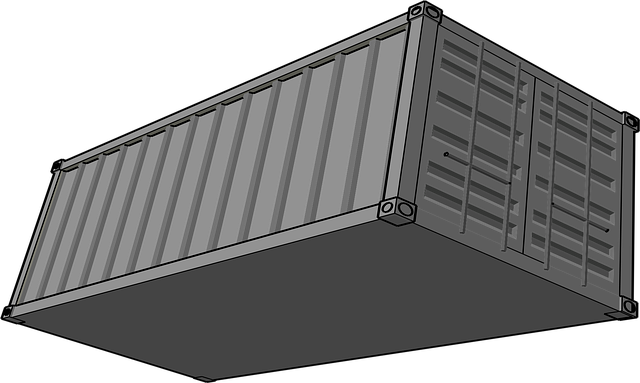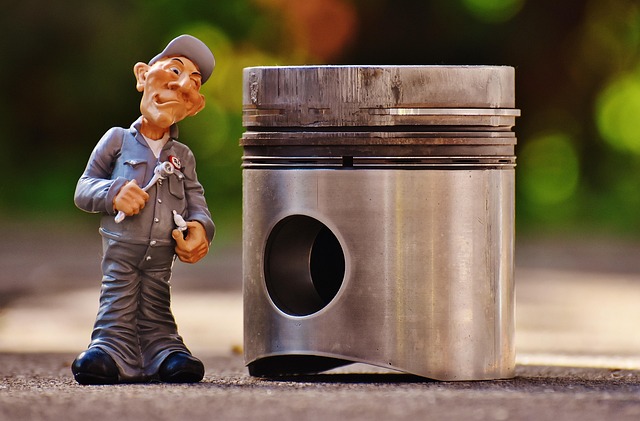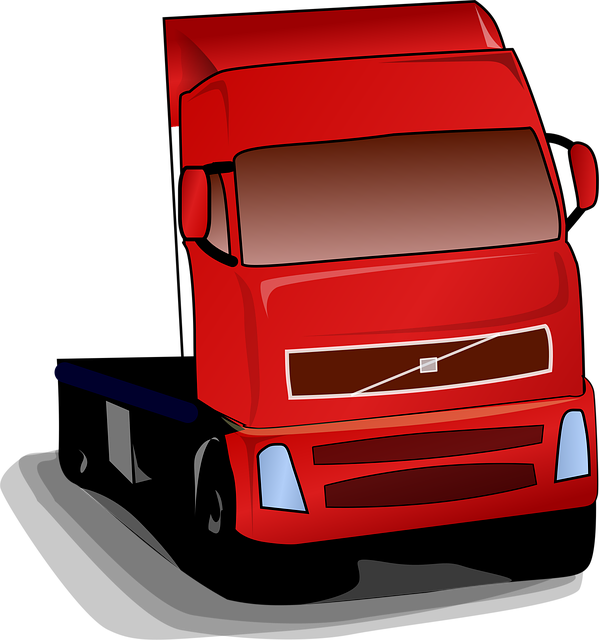Looking to register your car in California? This comprehensive guide walks you through every step, from understanding key requirements to completing application forms accurately. We’ll also break down the crucial process of performing a DMV VIN verification and highlight the importance of each document needed. By the end, you’ll be ready to pay registration fees, obtain license plates, and hit the road legally in California.
- Understand California Car Registration Requirements
- Gather Necessary Documents for DMV Visit
- Perform VIN Verification: Steps and Importance
- Complete Application Forms Accurately
- Pay Registration Fees and Obtain License Plate
Understand California Car Registration Requirements

Before registering your car in California, it’s crucial to understand the state’s specific requirements. The California Department of Motor Vehicles (DMV) mandates several steps for car registration, including a thorough vehicle inspection and verification of the Vehicle Identification Number (VIN). This process ensures that all vehicles on California roads meet safety standards.
One essential step is getting your VIN verified, which can be done through a DMV-approved mobile vin verifier or inspection service. This involves scanning the VIN to ensure its accuracy and checking for any discrepancies. By completing these requirements, you’ll be one step closer to legally registering your vehicle in the Golden State.
Gather Necessary Documents for DMV Visit

Before visiting a California DMV office, ensure you have all the essential documents for registration. This includes your vehicle’s Proof of Ownership, which can be a bill of sale or a previous registration certificate. Also, gather any necessary documentation related to the vehicle’s history and identity, such as maintenance records and the Vehicle Identification Number (VIN) verification report. The VIN is a unique code that identifies your car, and it’s crucial for the dmv vin verification process.
For a smoother experience, consider obtaining a mobile vin inspection or using a mobile vin verifier before your visit. These services provide on-site VIN checks, saving you time and effort. Having accurate and up-to-date documentation, including proof of insurance and a valid driver’s license, will help expedite the registration process at the DMV.
Perform VIN Verification: Steps and Importance

Before registering your car in California, it’s crucial to perform a Vehicle Identification Number (VIN) verification. This process involves checking the vehicle’s history and ensuring it meets all safety standards. You can initiate this step by using a mobile VIN verifier or visiting a DMV office for an inspection.
The procedure is straightforward: input your car’s unique VIN into the chosen mobile vin verification app, which will then cross-reference it against vast databases to reveal crucial information. Alternatively, you can present your vehicle at a local DMV for a manual vin inspection. This method ensures that your car hasn’t been reported stolen, has no outstanding recalls, and meets environmental standards. Both options are viable, offering convenience with mobile vin verification or direct access through a dmv vin verification visit.
Complete Application Forms Accurately

When registering your car in California, accuracy is key when filling out application forms. The Department of Motor Vehicles (DMV) requires precise and complete information to process your registration smoothly. Always ensure that all details provided match the vehicle’s specifications, including the Vehicle Identification Number (VIN). Accurate VIN verification is a critical step as it ensures the DMV has the right data for accurate record-keeping and can help prevent fraud.
A common method for VIN verification in California is through mobile inspections, where a trained professional comes to your location to cross-check the VIN with the vehicle’s other details. This service streamlines the registration process, saving you time and effort. Remember, attention to detail during form completion is crucial; it facilitates efficient navigation of the registration process and could prevent potential delays or issues down the line.
Pay Registration Fees and Obtain License Plate

After completing your vehicle’s registration application at the DMV, the next step is to pay the required fees. This typically includes a registration fee and, in some cases, a title fee. Once these fees are paid, it’s time to obtain your license plates. In California, this process involves submitting your vehicle’s information, passing an emission test (if applicable), and ensuring your car has undergone a safe and legal inspection, known as DMV VIN verification. This verification confirms the accuracy of your vehicle’s identification number (VIN) and ensures that your car meets all necessary safety standards.
To streamline this process, many California residents opt for convenient mobile vin verification services. A mobile vin verifier can perform this inspection remotely, allowing you to avoid visits to the DMV or emission testing stations. This modern approach makes registration even easier, especially for those with busy schedules.
Registering a car in California involves understanding specific requirements, gathering essential documents, completing crucial steps like VIN verification through DMV services, accurately filling out application forms, and paying relevant fees. By adhering to these procedures, you ensure your vehicle’s legal status and obtain necessary license plates, marking a seamless transition for your newly registered California vehicle. Remember, accurate and timely car registration is key to avoiding penalties and ensuring safe, compliant operation on state roads. Don’t forget to perform a dmv vin verification as part of the process.
